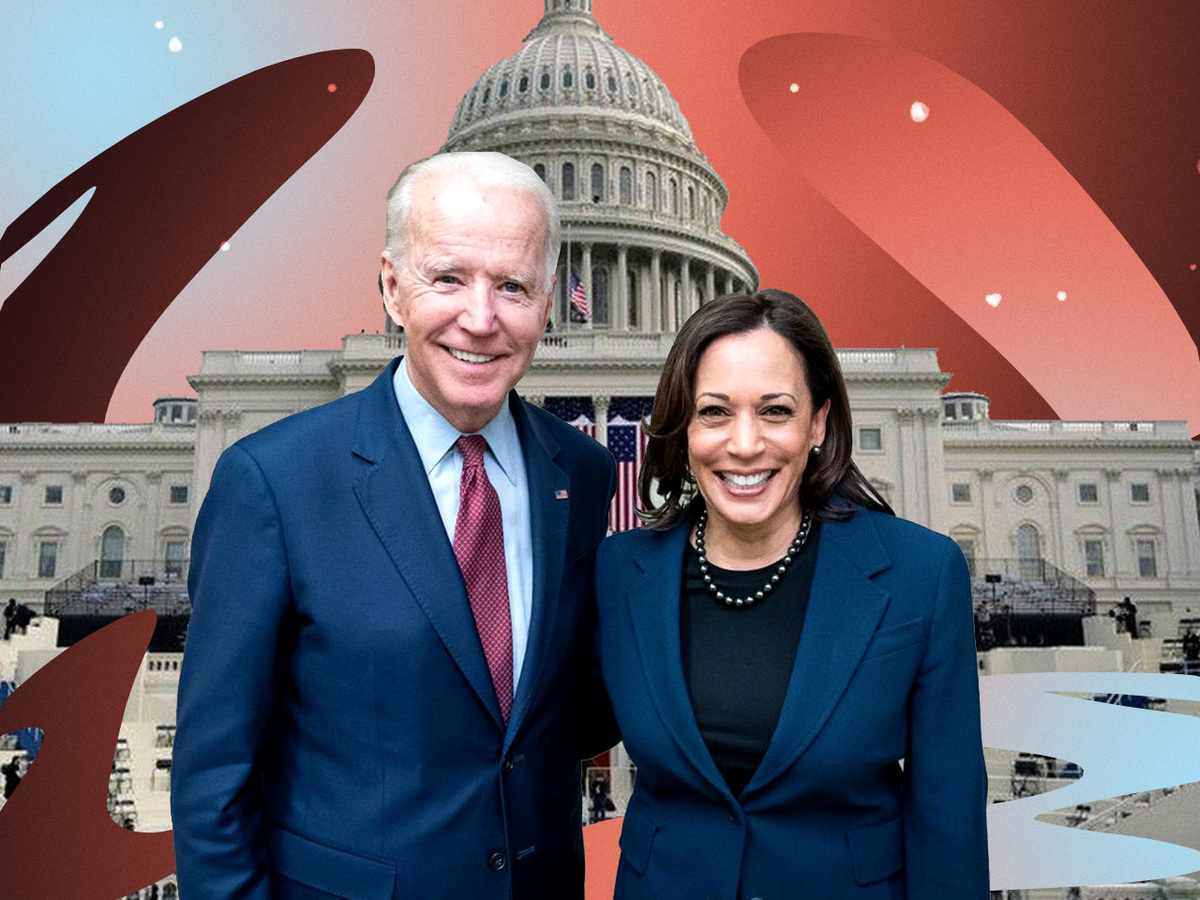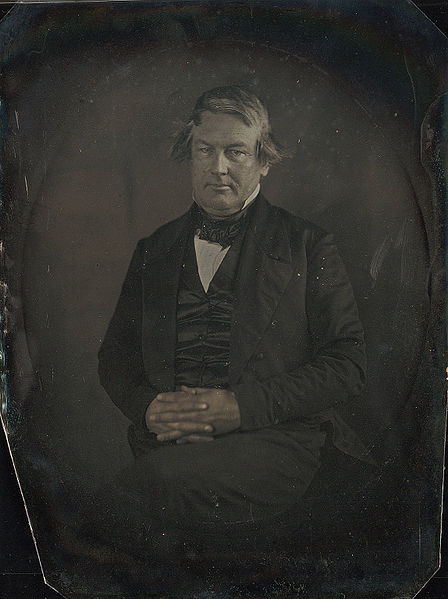

The States complete ratification of the 25th Amendment. After Congress passes the Joint Resolution to amend the Constitution, the amendment is forwarded to the States for ratification. 1, a proposed Constitutional amendment regarding Presidential succession and inability.

The House votes to adopt the conference report on S.

Ford speaks on House floor in favor of the amendment.īecause the House and Senate passed different versions of the proposed amendment, a special committee is convened to work out the differences. 1, a proposed constitutional amendment on Presidential succession and inability. Supplemental views of Edward Hutchinson.Senator Birch Bayh and Representative Emanuel Celler introduce joint resolutions proposing a constitutional amendment on Presidential succession and inability in the House and Senate. Rockefeller Nomination and Confirmation as VP Documents: Ford nominated Nelson Rockefeller to fill the Vice Presidential vacancy. In less than a year, the 25th Amendment would be used again, this time when Vice President Ford became President after Richard Nixon resigned. Ford of Michigan to fill the vacancy left by Vice President Spiro Agnew's resignation. The first use of the 25th Amendment occurred in 1973 when President Richard Nixon nominated Congressman Gerald R. The states completed ratification by February 10, 1967, and President Lyndon Johnson certified the amendment on February 23, 1967. The Bayh-Celler proposals, which formed the foundation of the 25th Amendment, refined the processes of declaring a President incapable of fulfilling the duties of office and filling a Vice Presidential vacancy.Ĭongress approved the 25th Amendment on July 6, 1965. On January 6th, 1965, Senator Birch Bayh of Indiana and Representative Emanuel Celler of New York introduced joint resolutions in the Senate and House of Representatives aimed at clarifying and defining the rules on Presidential succession and inability in the Constitution. Ford and members of the press at his Vice Presidential confirmation hearing before the Senate Rules Committee, 11/1973. These agreements specified the terms for declaring a President unable to perform the duties of office, and the terms for re-instatement once able to return to duty. The Constitution did not specify whether the Vice President would become President or Acting President if the President were to die, resign, be removed from office, or become disabled.ĭue to the lack of clarity, some Presidents and their Vice Presidents took it upon themselves to draft agreements for handling Presidential succession and inability. Prior to the ratification of the 25th Amendment, the rules of succession to the Presidency were constitutionally vague.


 0 kommentar(er)
0 kommentar(er)
